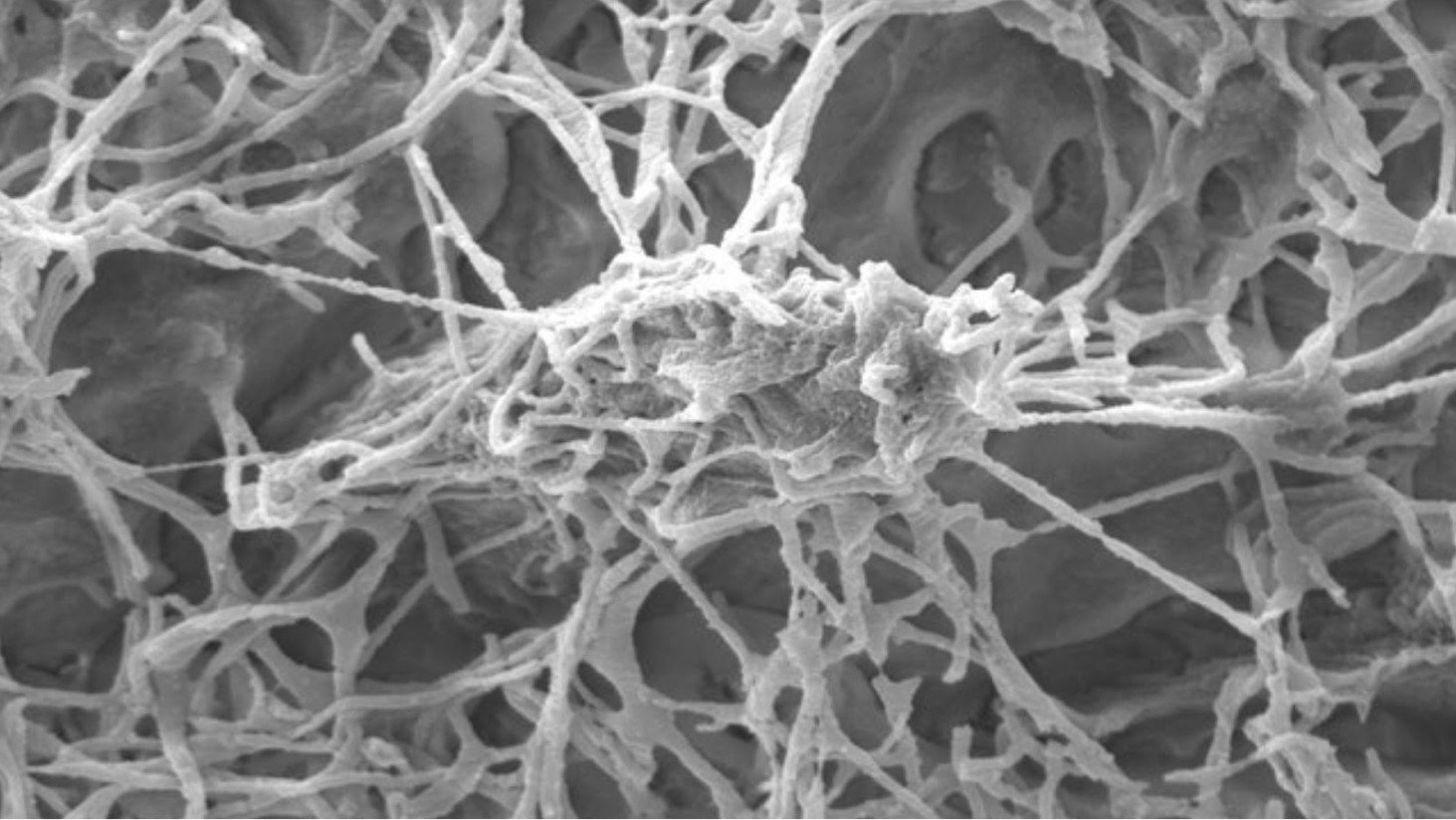6 Million-Year-Old Turtle Discovered, But What They Found Inside Even More Amazing
Researchers have recently identified remnants of DNA within the fossilized remains of a sea turtle. The turtle is believed to be around six million years old and shows a close relation to the Kemp’s ridley and olive ridley turtles of today.
This find is significant because locating genetic material in such ancient vertebrate fossils is exceptionally rare.
The Fossil's Origin
The fossil in question was excavated on the Caribbean coast of Panama back in 2015. Although the fossil is only partially complete, it possesses a relatively intact carapace, the scientific term for a turtle’s shell.

Source: Azzedine Rouichi/Unsplash
Based on the findings, it is estimated that this turtle would have measured about one foot in length (30 cm) when it was alive.
Scientific Examination of the Cells
Upon closer examination, researchers found that some bone cells, called osteocytes, were impressively preserved within the fossil. Within certain osteocytes, the cell nuclei remained intact.

Source: Wikimedia Commons
These nuclei responded positively to a chemical solution, which allowed the researchers to detect the remnants of DNA within them.
DNA Remnants, Not Extraction
Edwin Cadena, the lead author of the study and a paleontologist, emphasized a critical point regarding the discovery.

Source: David Troeger/Unsplash
“I want to point out that we did not extract DNA, we only were able to recognize the presence of DNA traces in the nuclei,” said Cadena. This distinction is essential to understand the scope of the research.
DNA Fragility and Historical Preservation
DNA is known to be a delicate molecule. However, under the right circumstances and conditions, it can be preserved within ancient remains.

Source: Warren Umoh/Unsplash
Previous discoveries include DNA from animals, plants, and microbes that date back about two million years. These samples were sourced from sediment in Greenland’s remote northernmost regions.
Historical Context of the Find
To provide some historical context, Cadena mentioned other vertebrate fossils with DNA remnants. Specifically, two dinosaurs were identified: the Tyrannosaurus, which existed roughly 66 million years ago, and the Brachylophosaurus, which lived about 78 million years ago.

Source: Wikimedia Commons
DNA remnants have also been found in ancient insects from tens of millions of years ago.
The Genus Lepidochelys
The ancient turtle fossil belongs to the Lepidochelys genus. This genus is the same as two of the world’s seven living species of sea turtles—the Kemp’s ridley and the olive ridley.

Source: Joshua J Cotten/Unsplash
The Kemp’s ridley is mainly found in the Gulf of Mexico, while the olive ridley is located in the tropical regions of three major oceans.
Evolutionary Insights
The fossil offers crucial information on the Lepidochelys genus, providing valuable insights into its evolutionary history.

Source: Randall Ruiz/Unsplash
Though researchers could not identify the exact species due to the incomplete nature of the remains, the fossil still serves as a vital link in understanding the progression of this particular genus over the years.
Geological Conditions Affect Preservation
The preservation of ancient biomolecules like DNA varies depending on the conditions of the fossil site. Cadena remarked on the specific conditions of preservation that each fossil site possesses.

Source: Jeremy Bishop/Unsplash
These variables can sometimes favor the retention of original biomolecular remnants such as proteins and DNA.
Future Research Prospects
With advancements in technology and further research, scientists hope to decode more about these ancient DNA remnants.

Source: Getty Images
Cadena optimistically stated that in the future, it might be possible “to sequence very small pieces of DNA.” This capability could open doors to understand more about the fossil’s close relatives and broaden molecular evolutionary studies.
The Importance of Fossils
Fossils serve as a tangible link to the world’s prehistoric past, providing a deeper understanding of the planet’s evolutionary timeline.

Source: Wikimedia Commons
Each discovery, including this six-million-year-old turtle, offers a unique snapshot into a time long gone, informing researchers about the environments, conditions, and organisms of ancient eras.
Concluding Insights
This discovery underlines the importance of continuous exploration and scientific inquiry. By uncovering and studying remnants from millions of years ago, researchers can better understand the history of life on Earth, the conditions that have fostered preservation, and the intricate pathways of evolution.

Source: Yena Kwon/Unsplash
As technology advances, there remains hope for even more groundbreaking findings in the realm of paleontology.
